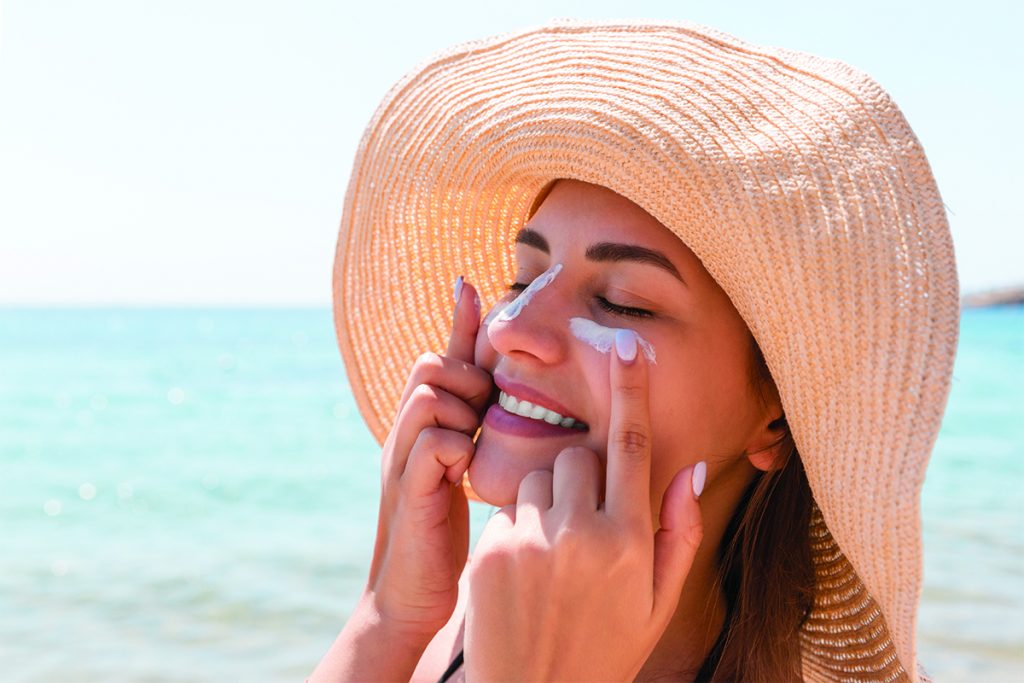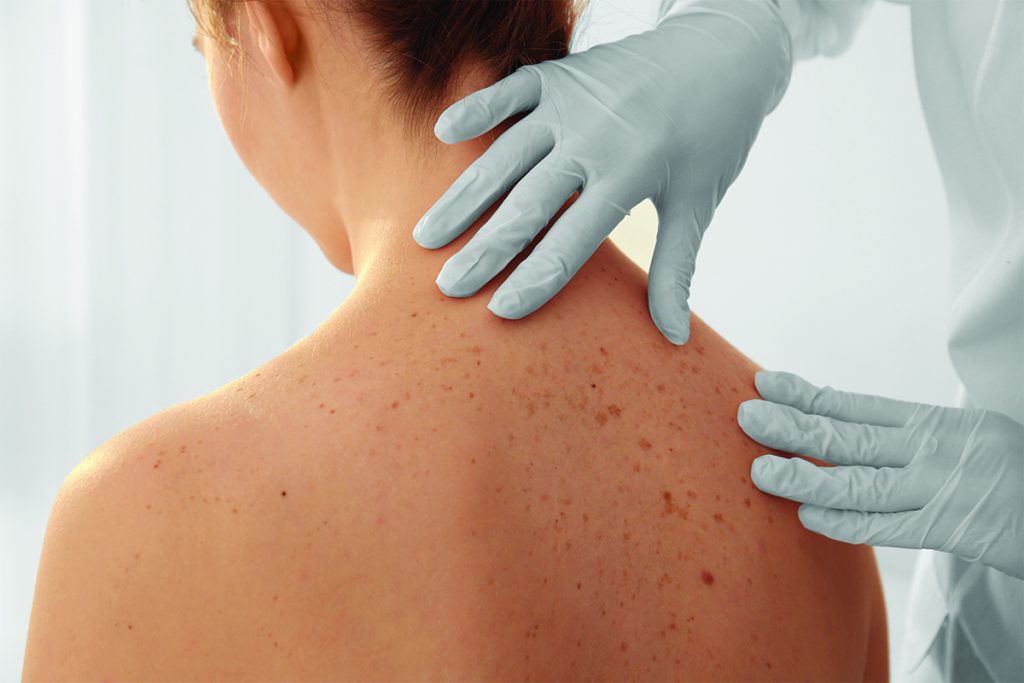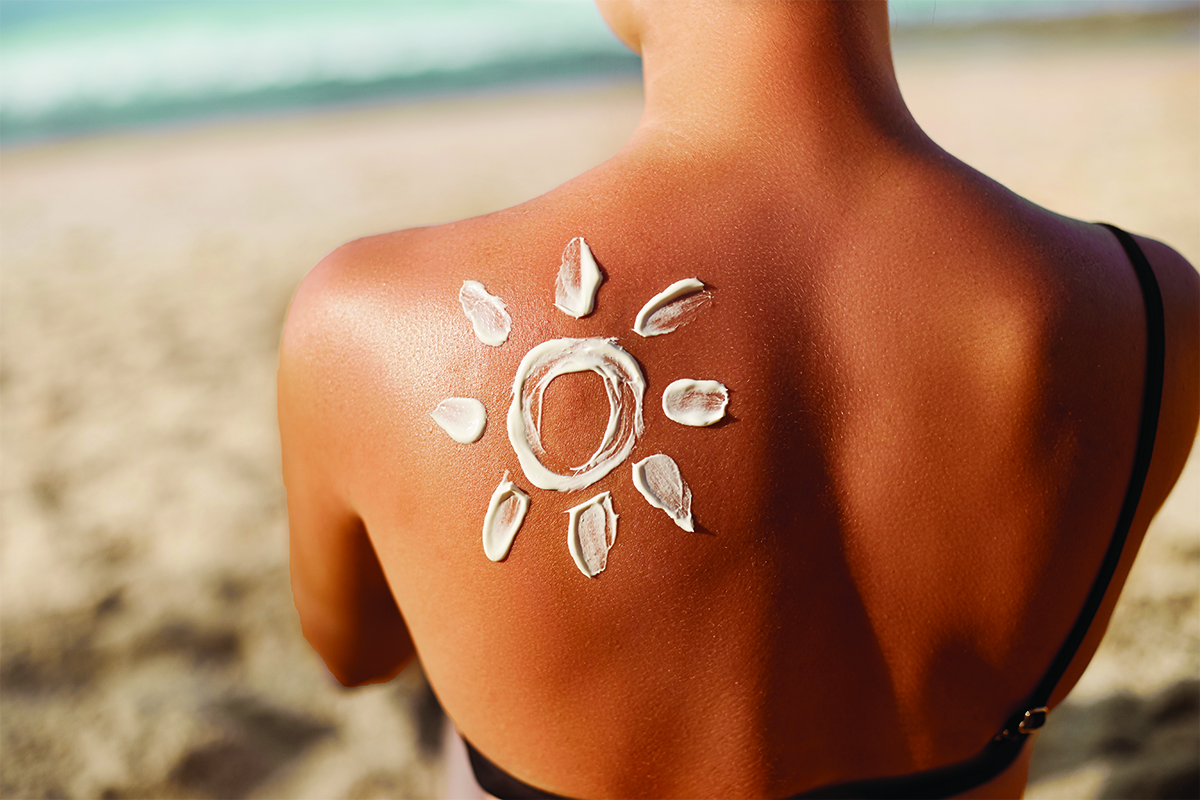As we kickstart a new year, it’s never been so important for Australians to actively think about and embrace skin & sun protection.
Skin cancer is one of Australia’s most common cancers and it’s a bigger issue than many of us realise. According to the Cancer Council of Australia, 2 in 3 Australians will be diagnosed with some form of skin cancer by the age of 70. Australians need to be vigilant – not only in terms of sun safety but also in knowing their skin and recognising any changes to it over time. We should all be self-checking our skin and getting regular skin checks to identify any changes that suggest a skin cancer. (We’ll tell you how below).
To help ensure Aussies are taking better care of their skin we reached out to Dr Priya Chagan, TAL General Manager Health Services and Chief Medical Officer, for four simple yet highly effective measures you can take to better protect your skin from skin cancer, as you venture out to enjoy the Australian summer:
Don’t forget to apply sunscreen when in the sun
People shouldn’t sit out in the sun unprotected and it’s well known that taking a balanced approach to sun exposure will reduce your risk of skin cancer. Sunscreen should be applied 20 minutes before going outdoors so it sinks into the skin to offer optimal protection. Although some sunscreen is water-resistant, no sunscreen is completely waterproof and it should be reapplied immediately after swimming. And, if you are in the sun for longer periods, then it needs to be reapplied every two hours. The SPF included in cosmetics and moisturisers aren’t enough to provide adequate sun protection and unless cosmetics are labelled with SPF30 or higher, then additional sunscreen is needed.

Woman being sun-safe wearing a hat and applying sunscreen. Image purchased via shutterstock.
Take the time to get to know your skin
New research from leading Australian life insurer, TAL, reveals that just over 1 in 10 (12%) Australians examine their own skin for signs of skin cancer every month. This is particularly concerning in a country like Australia where Aussies love being outdoors and embracing the summer sun. Get familiar with how your skin looks so you can notice any sore, changing, abnormal or new spots, as these are usually the first signs of skin cancer. Becoming familiar with your skin will help you notice changes as they happen. We should all be self-checking our skin to identify any changes that suggest skin cancer. If you spot anything concerning, see a medical professional right away.
Make sure you know how to check your skin
A thorough self-examination of your skin should be a regular occurrence in your daily routine. This is best done in a well-lit room in front of a full-length mirror so you can check your whole body, including the areas that are not directly exposed to the sun. Using a handheld mirror can be a helpful way to look at the areas of your body that are hard to see. A family member, partner, or friend may be able to help you with these checks, especially for any areas of your skin which are difficult to see. To check your scalp, it can be useful to use a blow dryer to expose each section. Keep track of any spots, blemishes, freckles, and moles because while they may be harmless, if you notice them changing, you need to seek professional advice right away.
Book in your regular professional skin check
The TAL SpotChecker Australian Skin Safety Report reveals that Australians have good intentions when it comes to skin safety, with 97% indicating that it’s important to them, yet more than 1 in 3 (35%) have never taken action and had a skin check themselves and a further 2 in 3 of those who have (68%) haven’t done so in the last year.
In addition to regular self-checks, it’s important to get regular skin checks by a professional, which is a simple process. The doctor will examine your skin, including areas you may not be able to see. If you do spot anything abnormal, get to your GP or skin cancer clinic straight away for further investigation. It’s quick, easy and could save your life. Many GPs and skin cancer clinics bulk-bill for their services, while others may charge a fee. Ahead of your appointment, ask about costs and how much is covered by Medicare or your private health fund.

Woman having her skin checked by a professional. Image purchased via shutterstock.
For more information and resources on how to self-check and what to look for, or for help booking a skin check at your local GP, visit the TAL SpotChecker. The TAL SpotChecker Australian Skin Safety Report can be downloaded here.
Need a hand finding an eco-friendly or sustainable sunscreen? Be sure to try one of these top 10 sunscreen brands for summer. And to make your summer that bit better, be sure to use our 10 summer essentials BBQ checklist.


